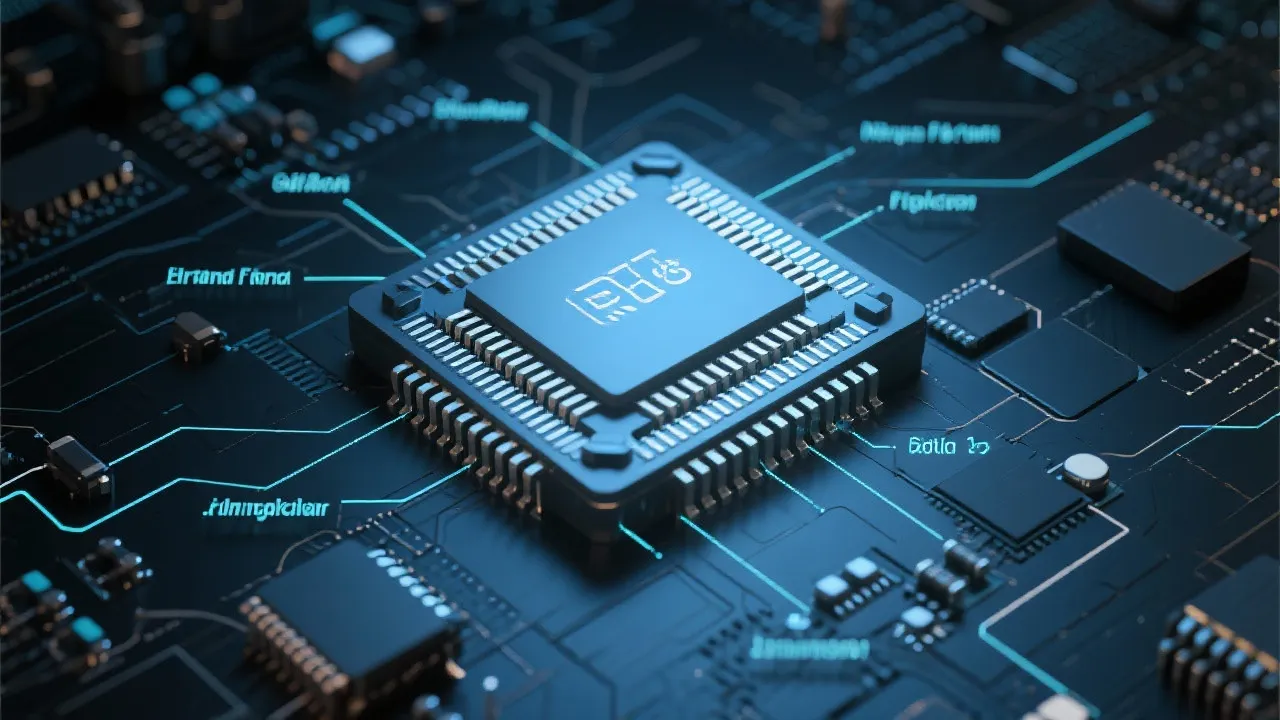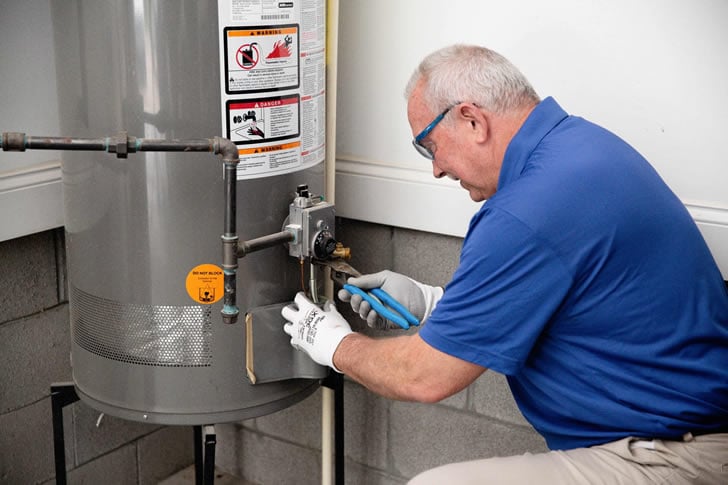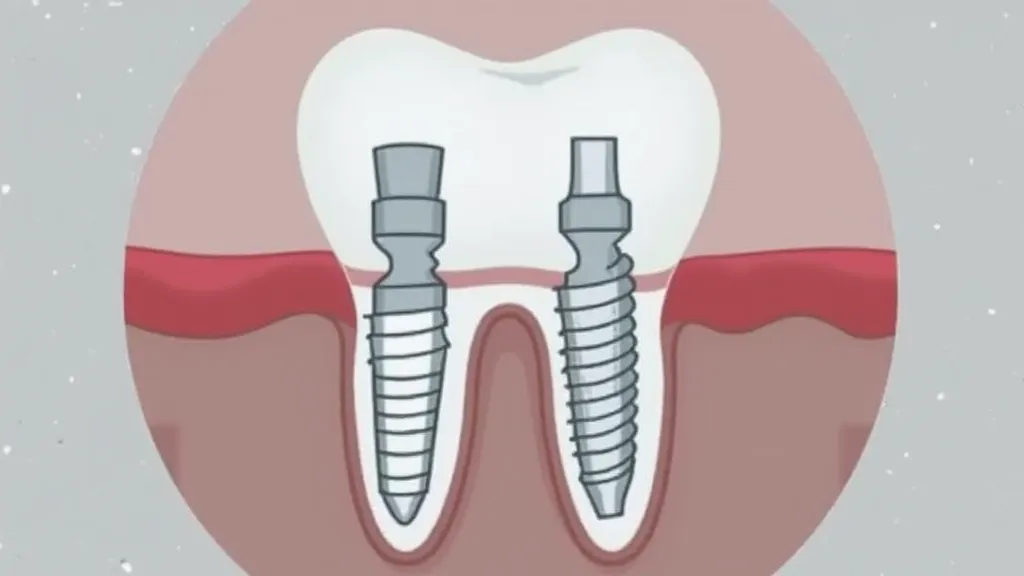Understanding Semiconductor Failure Analysis
Semiconductor failure analysis, encapsulated by the keyword Nbr 13531, is a specialized process crucial in identifying defects in semiconductor devices. This guide explores the methodologies involved, underscoring the importance of reliability in the semiconductor industry. From the initial inspection to implementing corrective measures, semiconductor failure analysis ensures the efficiency and longevity of semiconductor components.

Introduction to Semiconductor Failure Analysis
Semiconductor failure analysis, denoted by the keyword Nbr 13531, plays a pivotal role in the technology industry by ensuring the reliability and performance of semiconductor devices. This intricate process involves identifying and rectifying defects that may impair the function of these devices. The semiconductor industry, being at the heart of modern electronics, depends heavily on rigorous analysis to maintain the integrity of its products and protect against potential failures that could lead to catastrophic outcomes in various applications.
The Importance of Nbr 13531 in the Industry
Within the realm of semiconductor manufacturing, Nbr 13531 serves as a critical reference point for addressing failure analysis protocols. This identifier encompasses a comprehensive set of standards and practices that are vital for identifying potential issues within semiconductor devices. Adhering to these standards ensures that the devices meet the necessary quality and performance benchmarks required by various applications, including consumer electronics, automotive, aerospace, and telecommunications. The adoption of Nbr 13531 helps manufacturers minimize risk and enhance their product's marketability.
Methodologies in Semiconductor Failure Analysis
Failure analysis of semiconductors is a multi-step process involving numerous methodologies, each tailored to uncover different types of defects. Common techniques include:
- Visual Inspection: The first step, where experts use microscopes to identify visible defects on the semiconductor's surface such as scratches, contamination, or soldering errors. This foundational method sets the stage for more in-depth analysis.
- Electrical Testing: This involves assessing the electrical properties of the semiconductor device to detect malfunctions. By applying voltages and measuring current flow, engineers can determine if a device operates within its specified parameters or if anomalies are present.
- Functional Testing: Testing in operational conditions to ensure the device performs as expected under real-world scenarios. This may include temperature cycling, load testing, and rapid thermal shock to simulate various stress conditions.
- Microscopy Techniques: Advanced methods such as Scanning Electron Microscopy (SEM) provides detailed images of the semiconductor's internal structure. Techniques like Focused Ion Beam (FIB) milling can also be employed for cross-section analysis, revealing internal layer interactions and failures.
- Thermal Analysis: Evaluates the thermal performance and detects issues related to heat dissipation. Tests such as thermal imaging and thermal conductivity assessments are critical for devices that operate under high-stress conditions.
- Chemical Analysis: Techniques like Energy Dispersive X-ray Spectroscopy (EDX) and Secondary Ion Mass Spectrometry (SIMS) enable the identification of material compositions. Chemical failures often result from contaminants or improper doping which can be pinpointed through detailed chemical analyses.
Benefits of Rigorous Failure Analysis
Performing detailed failure analysis using the methodologies associated with Nbr 13531 brings several benefits to the semiconductor industry:
- Enhanced Reliability: By identifying and addressing potential failures early in the manufacturing process, devices are more reliable, which is crucial for consumer and industrial applications. This reliability is especially important for critical systems in automotive and healthcare sectors where failures can have dire consequences.
- Increased Efficiency: Identifying defects early in the manufacturing process can prevent costly recalls and repairs, thereby increasing manufacturing efficiency. This efficiency translates to better usage of resources and time, allowing companies to allocate funds more strategically and improve their bottom line.
- Product Longevity: Effective failure analysis extends the life of semiconductor devices, ensuring good performance and customer satisfaction. This longevity is paramount in industries where product reliability over time directly correlates to brand loyalty and consumer trust.
- Cost Reduction: Implementing robust failure analysis processes can lead to significant cost savings by reducing the incidence of failures, mitigating warranty claims, and lowering the expenses associated with product returns and replacements.
- Regulatory Compliance: Many sectors have strict regulations regarding product quality and reliability. Proper failure analysis ensures compliance with these regulations, reducing the risk of legal issues and enhancing a company's reputation.
- Encouragement of Innovation: Knowledge gained from the failure analysis process can drive innovation in materials and design, enabling companies to explore new technologies and improve existing products continuously. This can lead to advancements in performance and functionality that differentiate products in a competitive market.
Challenges in Failure Analysis
Despite its benefits, semiconductor failure analysis presents several challenges. Technological complexity and miniaturization of semiconductor components make it increasingly difficult to detect defects. The continual trend towards smaller, more compact designs introduces an array of issues that often require advanced analysis techniques that can be cost-prohibitive. Furthermore, the need for specialized equipment and expertise can complicate the analysis process. Adhering to standards like Nbr 13531 helps navigate these challenges, providing a structured approach to defect detection.
Another challenge to consider is the rapid pace of innovation within the semiconductor industry. As new materials and processes are developed, the existing failure analysis methods may not be directly applicable. Consequently, there is a constant demand for researchers and engineers to enhance existing techniques and develop new ones to keep pace with industry advancements. This can involve extensive training and adaptation efforts, which may strain resources, especially in smaller companies.
Moreover, the increasing sophistication of semiconductor technologies—such as 3D stacking and advanced package designs—complicates the failure analysis process, as traditional methods may not be sufficient to address the intricate interconnections and dependencies of these new architectures. Engineers must be well-versed in multiple analytical techniques and often must integrate them creatively to overcome these barriers effectively.
Impact on Global Technology
The importance of semiconductor failure analysis extends beyond the manufacturing floor. It influences the global technology landscape by enabling continued advancements in areas such as artificial intelligence, telecommunications, and consumer electronics. The reliability and efficiency of semiconductors serve as the backbone of modern electronics; thus, ensuring their robust performance fosters an environment ripe for innovation. For instance, in artificial intelligence, reliable semiconductors allow for the development of sophisticated machine learning algorithms that can transform industries from healthcare to finance.
In telecommunications, high-performance semiconductor devices are crucial for developing fast and reliable networks. Companies are able to deploy cutting-edge 5G technologies that connect billions of devices, hinge on the dependable performance of semiconductor components. If failures occur in these devices, network infrastructure could collapse, leading to significant disruptions across multiple sectors.
The consumer electronics sector is another area that heavily relies on semiconductor failure analysis. From smartphones to smart home devices, the functionality and reliability of these products directly depend on the quality of their embedded semiconductors. As consumers become increasingly discerning, any product failure can lead to loss of market share and brand reputation, making rigorous failure analysis indispensable for maintaining a competitive edge.
Furthermore, as sustainability takes center stage in the global dialogue, the role of semiconductor failure analysis evolves. High-performance, defect-free semiconductors lead to energy-efficient devices that are crucial for reducing the carbon footprint of technology. Organizations are now integrating sustainability metrics into their failure analysis processes to maximize the environmental benefits of their products, thus aligning with global efforts toward a greener future.
Future Trends in Semiconductor Failure Analysis
As we continue to innovate and explore new technologies, the future of semiconductor failure analysis is likely to be shaped by several emerging trends:
- Integration of Artificial Intelligence: AI and machine learning technologies are set to revolutionize failure analysis by allowing for predictive analytics. With sufficient data, AI can identify potential failures before they occur, thus enabling proactive measures. This can lead to smarter manufacturing processes that are more adaptive to changing variables.
- Advancements in Microscopy: As semiconductor fabrication techniques evolve, microscopy methods, such as Abbe diffraction-limited imaging, will become even more essential in failure analysis. Achieving higher resolution in imaging will allow for more detailed inspection of materials, enabling the detection of even the most minute defects.
- Increased Automation: Automation technologies are expected to play a significant role in the future of failure analysis. Automated systems can perform repetitive testing protocols with high precision and speed, freeing up human experts to focus on more complex investigative tasks. This automation will drive efficiency in the analysis process.
- Cloud-Based Analytics: The growing trend towards cloud computing will enable more robust data analytics capabilities, allowing organizations to share findings and collaborate across geographic boundaries. Implementing cloud-based databases can enhance knowledge sharing and continuous learning within the industry.
- Focus on Sustainable Practices: As sustainability becomes a priority, the semiconductor industry will increasingly look for ways to make the failure analysis process itself more sustainable, addressing not only energy consumption but also waste generated during testing and analysis.
FAQs
- What is semiconductor failure analysis?
It is a systematic process used to identify defects in semiconductor devices, ensuring their reliability and performance. The analysis employs various methodologies to diagnose and rectify issues that could affect functionality. - Why is Nbr 13531 important?
Nbr 13531 represents crucial standards and practices in semiconductor failure analysis, setting guidelines for identifying and addressing device malfunctions. It standardizes processes that help maintain product quality across the industry. - What are common techniques used?
Visual inspection, electrical and functional testing, SEM, thermal analysis, and chemical analysis are among the comprehensive techniques applied in this domain, each serving its unique purpose in identifying defects. - How does failure analysis benefit manufacturers?
It aids in improving product reliability, efficiency, and longevity, ultimately enhancing customer satisfaction and reducing costs associated with defects and failures. - What challenges do manufacturers face in failure analysis?
Challenges include the increasing complexity of devices, the need for specialized equipment, fast-paced innovation, and the proper training of personnel. Moreover, keeping up with new fabrication techniques necessitates constant refinement of analysis methodologies. - What is the future of semiconductor failure analysis?
The future will likely see the integration of AI, advancements in microscopy, increased automation, cloud-based analytics, and a heightened focus on sustainable practices, driving further innovations in the field.










